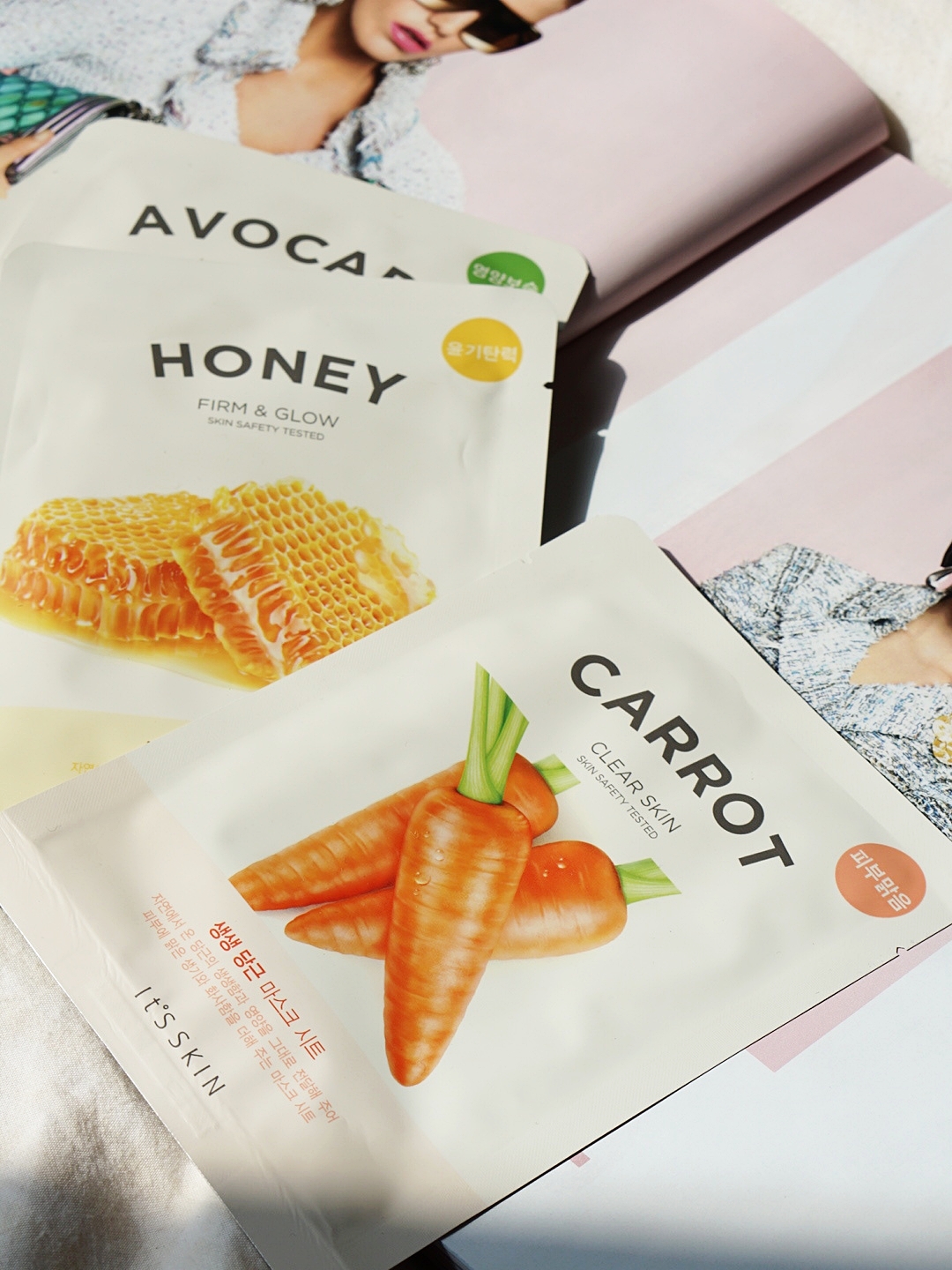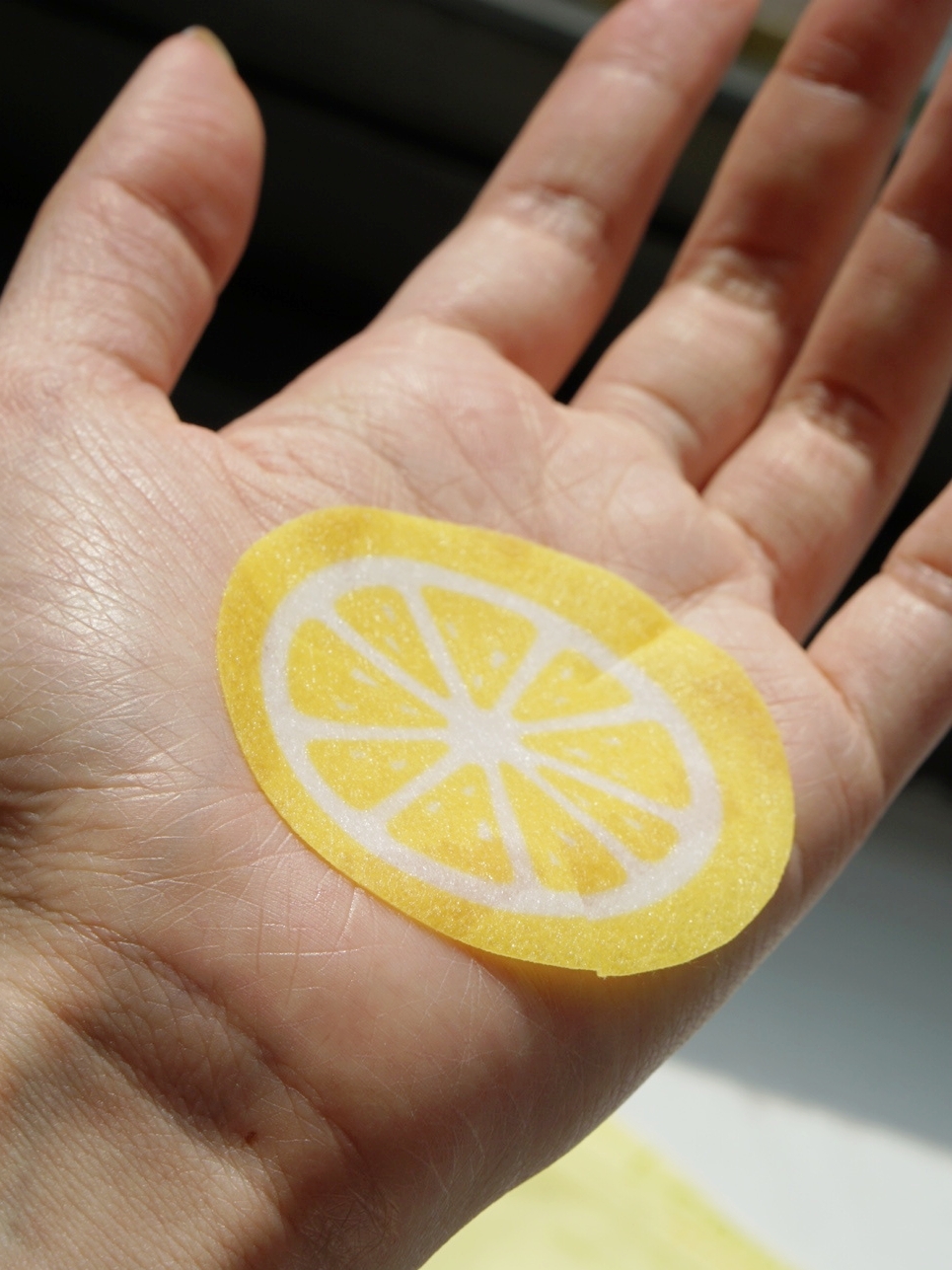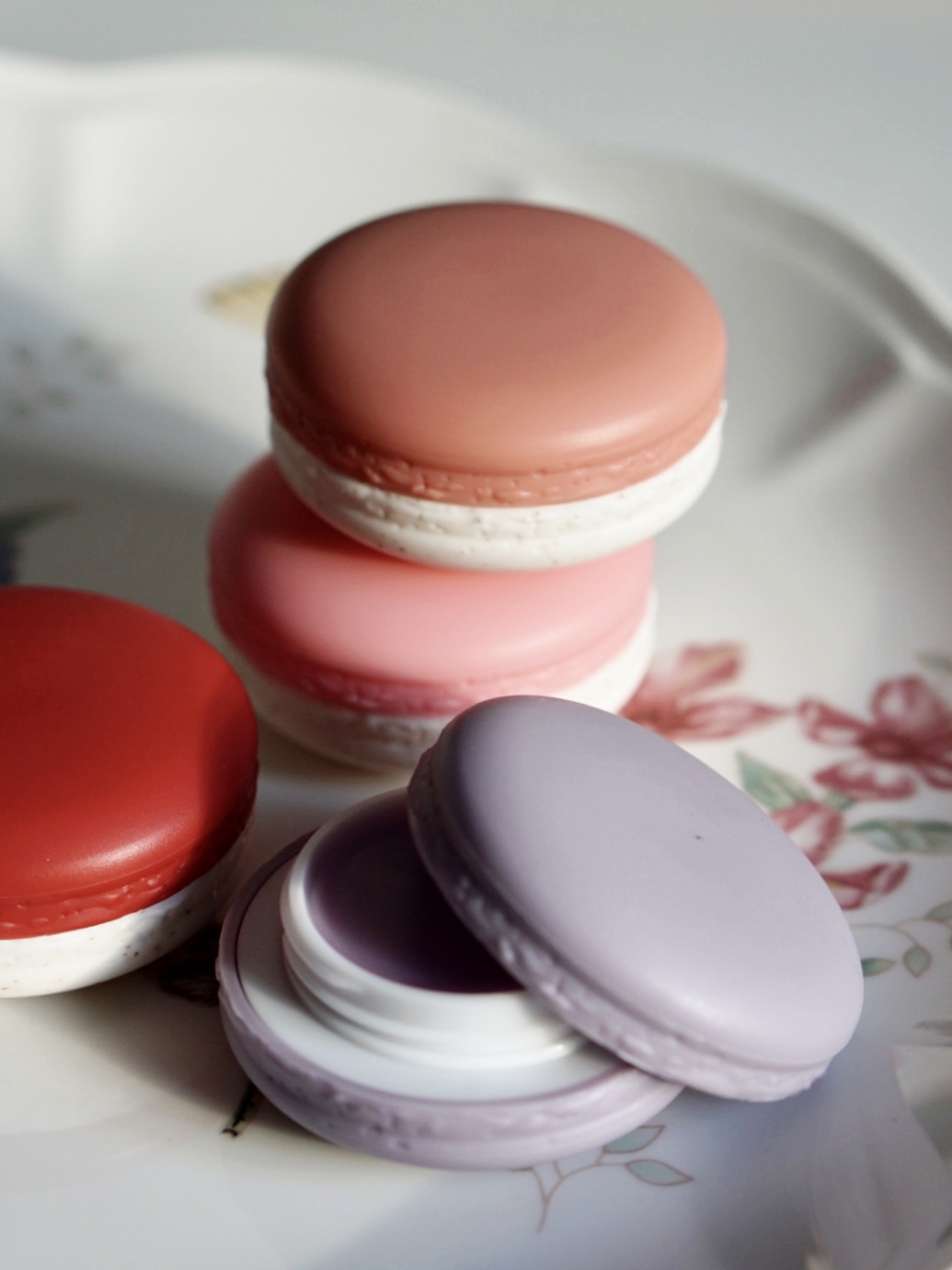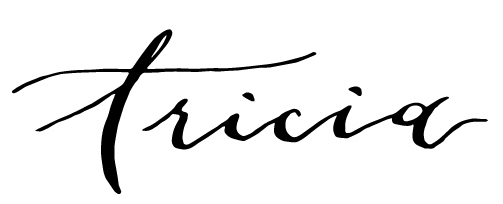How to Manage Combination Skin Up In the Air
Hi, everyone!
I participated in this sponsored campaign for It’s Skin on behalf of One2One Network. All opinions stated are my own.
Two weeks ago, I went to Taiwan to celebrate Chinese New Year. I took off from JFK in the snow and 16 hours later, landed in cloudy but humidly warm (70°F) Taipei. Usually, my combination skin would go coo-coo by the time I arrive; my dry cheeks would be irritated and red, while my oily t-zone would become extra shiny. But thankfully, I'm now experienced enough to know how to manage my polar opposite skin when I travel between places with different climates! And with the help of Korean beauty brand It's Skin, I was pleasantly surprised with how glowy and healthy my skin looked right off the plane!
Developed by dermatologists from Seoul University, It's Skin offers products that are created with natural ingredients and state-of-the-art science. They're also known for their innovative and fun packaging!
Read on to see how I prepped my skin before, during and after my flights!
Go Makeup-Free, Especially on A Long-Haul Flight
One of the most important things I've learned from traveling throughout my life is what makeup can do to your skin on a plane. The humidity level of airplane cabins are on average at about 20%, but our skin is actually only comfortable at somewhere between 40% and 70%. Some foundations and powder products can dry your skin out even more, too, causing your skin to flake and look extremely dull after a flight.
So before I leave for the airport, I always make sure I remove all my makeup and wash my face. If I'm taking a flight during the day, I would follow my daytime skincare routine (hydrating toner, moisturizer, and a good sunscreen), and if my flight is at night, I would prep my skin the way I usually do before bedtime (hydrating toner, eye cream, sheet mask, and moisturizer).
If you really, really cannot bear the thought of going 100% makeup-free, then go for a tinted sunscreen or primer.
At Home: Sheet Masks Before You Board
I know some people use sheet masks when they fly, but I'm always really conscious, especially when the sheet mask is white and a stranger is sitting next to me. So instead of using one on the plane, I tend to do it before I leave the house.
It's Skin has a large selection of sheet masks. Before my trip to Taiwan, I used the Carrot mask from the Fresh Mask Sheet Collection. The mask contains carotene and Vitamin A, which helps nourish the skin whilst protecting it from the external environment. I left it on for about 20 to 25 minutes, and my skin looked brighter and felt softer after!
The Fresh Mask Sheet collection offers a range of masks each designed with aims to offer different benefits to your skin.
If I were to choose another sheet mask from the same collection to use before a flight, it would be the Avocado one because it contains amino acids, which stimulates collagen production, and vitamins that together deeply moisturizes your skin.
In-flight: Use Targeted Eye and Cheek Masks
I'm too shy to use full face sheet masks in-flight, but especially on 16-hour flights, my skin needs some love halfway through the journey. So I opt for area-targeted masks instead! Plus, this allows me to fix specific problems I have.
For my dry cheeks, I used lemon slices! No, not actual ones, but these easy-to-use oil patches. They come in a resealable pouch so it was very hassle-free for me to pop it in the cosmetic bag that I packed in my carryon. They're infused with Vitamin C, Vitamin E, grapefruit extracts, and Lemon peel oil to hydrate dry cheeks! I had a weird, random dry patch on my chest the day I flew, so I placed one slice on it, too. It worked wonders!
The areas around your eyes tend to be drier in flights so you can consider using an eye mask, too.
One for The T-zone, One for Cheeks
If you have combination skin like me, then use different products on your cheeks and t-zone area like I do! I tend to have a duo set, especially when I travel.
Since Taiwan is warmer and more humid, I decided to bring the Tiger Cica Moisturizing Balm and Gel Cream with me. Both moisturizers are on the lighter end, but the Moisturizing Balm is slightly more hydrating so I used it on my cheeks. The Gel Cream is very soothing and cooling, and very suitable for my oily t-zone area.
The Tiger Cica line uses the Cica-Leaf Barrier Complex, which contains ingredients that promote skin cell regeneration and collagen synthesis, strengthen the skin barrier and protect damaged skin. Designed for dry skin, the Moisturizing Balm soothes irritated, itchy skin and reduces redness, which is exactly what my cheeks need. Meanwhile, the non-sticky Gel Cream moisturizes my oily t-zone area without adding shine.
My favorite part of both products is that they are free from harmful ingredients, such as parabens, artificial coloring an fragrance, and mineral oil.
Going between different climates mean you should switch up the type of moisturizers you're using, too. In the winter, I would reach for a thicker, richer, and more intense cream, and in the summer, I like to apply lighter hydrating gels. I also have a neutral cream that works in transitional weather.
P.S. Don't Forget Your Lips
My lips are generally really dry and they can crack from over-dryness on the plane. So I re-apply lip balm every once in a while to make sure they are kept hydrated throughout the flight. The lip balm I packed in my cosmetics bag this time was an adorable macaroon-shaped Lip Balm in Grape. Formulated with Shea Butter and Cocoa Butter, the lip balm kept my lips soft and nourished. And I love how it smells!
What are some of your in-flight skincare routine(s)? Share with me by leaving a comment below! Thank you for reading!
Love,






